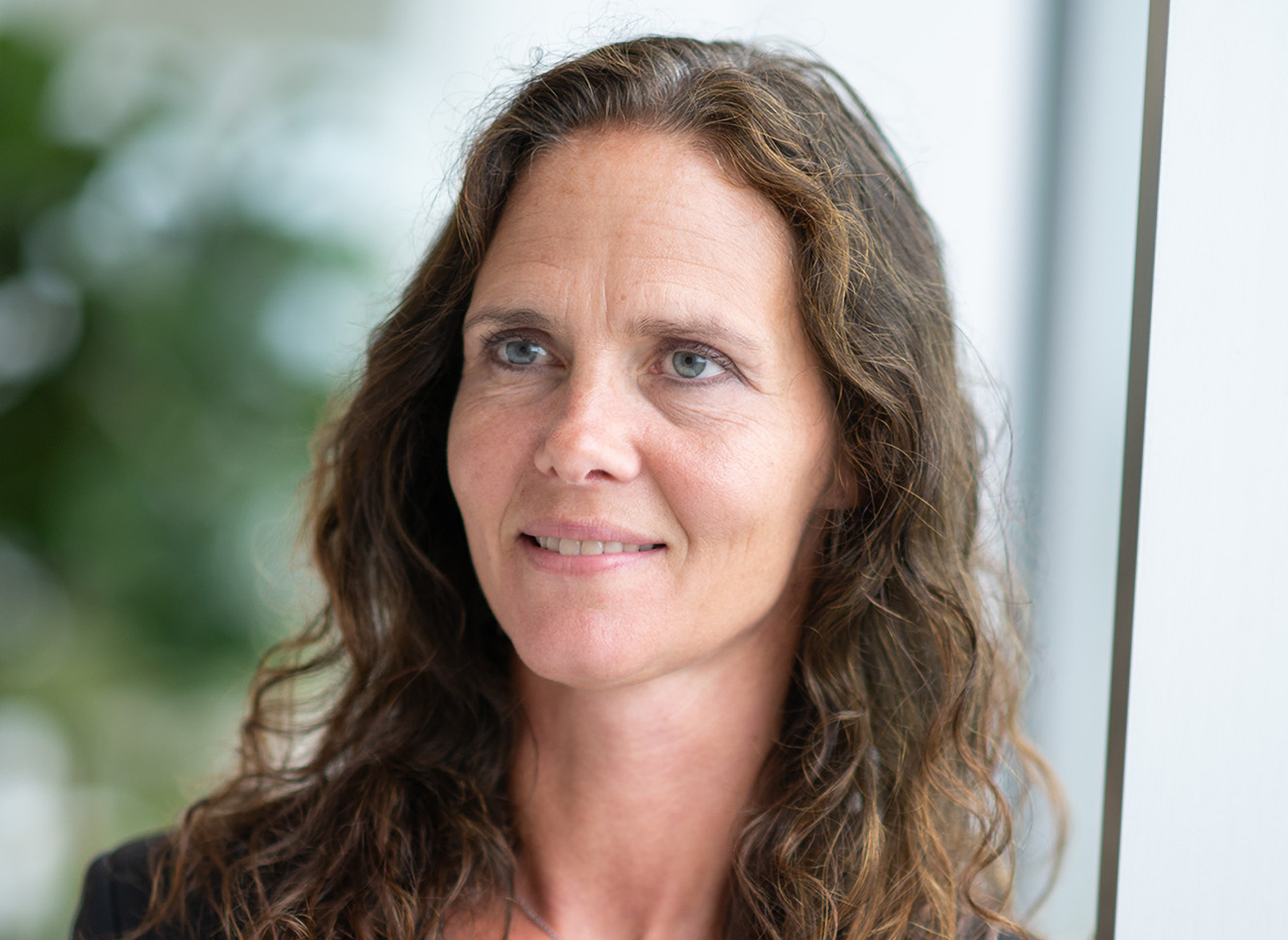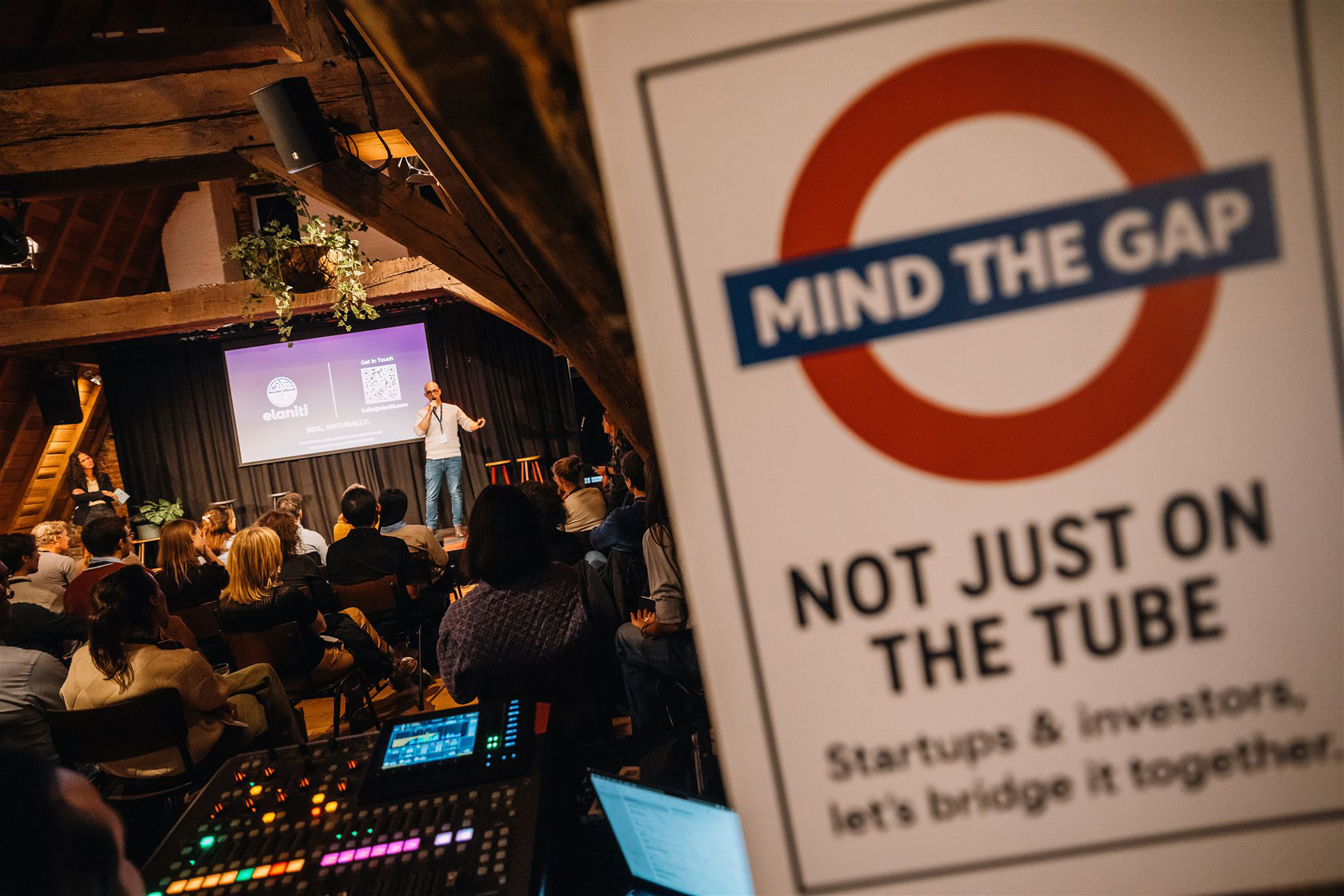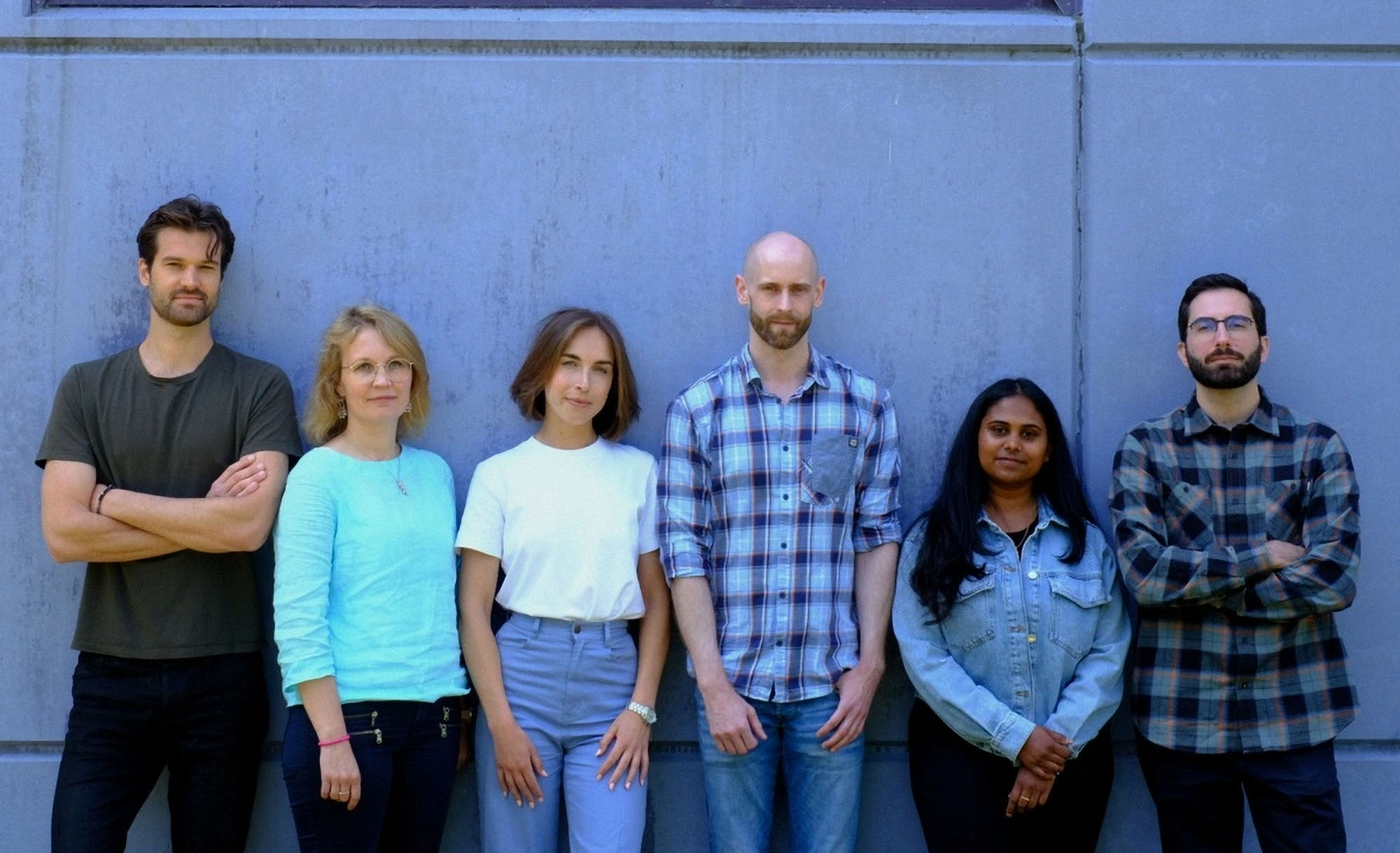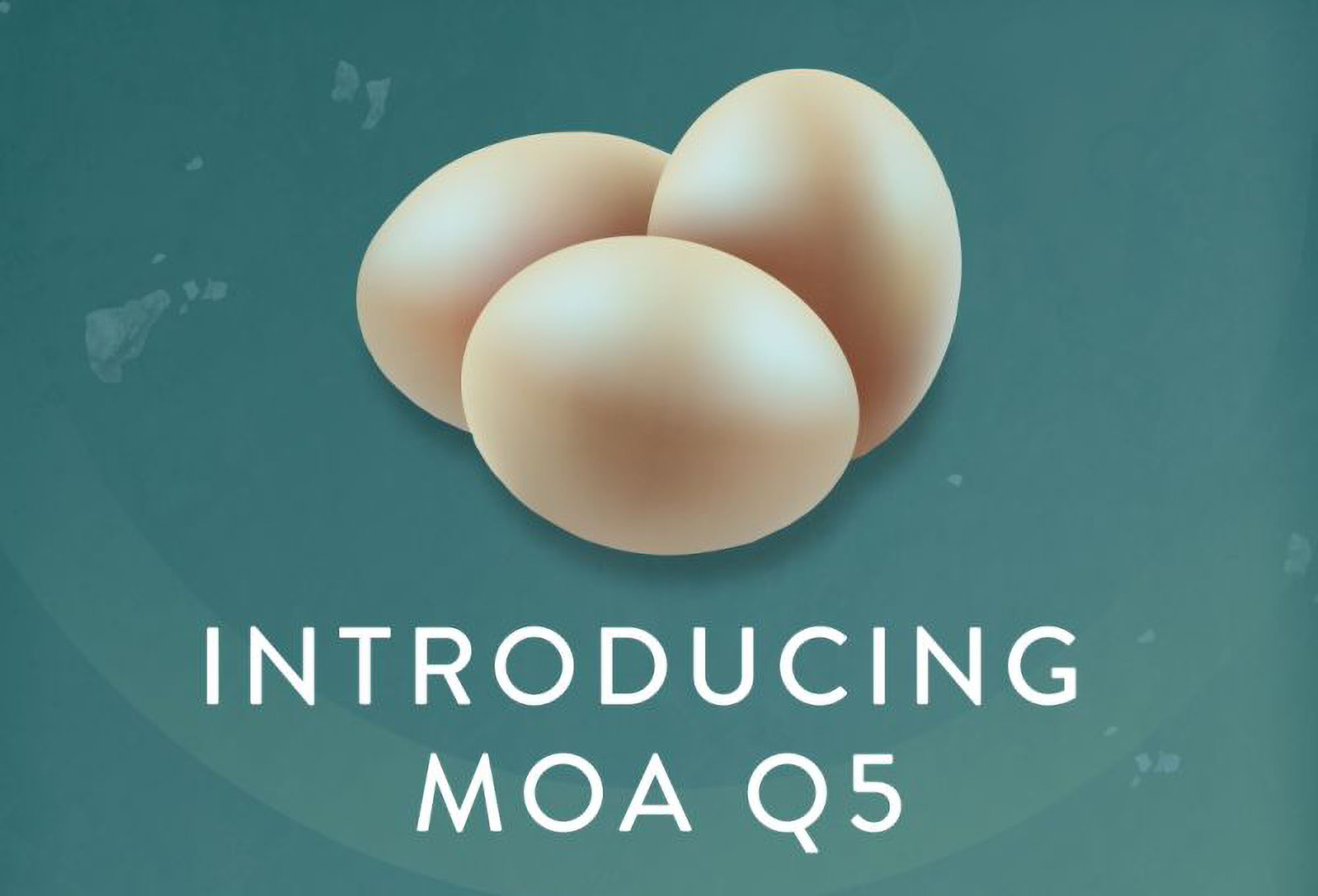

FPP Amsterdam 2025 Speaker Interview: How biotope by VIB is rethinking early-stage biotech investment and startup support
In a funding landscape tilting toward later-stage bets, Annick Verween, Head of biotope by VIB, argues that the future of biotech innovation depends on better capital planning, deeper investor alignment, and brutally honest startup support
The early-stage biotech ecosystem, says Annick Verween, isn’t short of ideas or talent. The real challenge is coordination – the widening gap between what startups need and what investors, accelerators, and policymakers are prepared to deliver.
As Head of biotope by VIB, the biotech venture program within VIB, Flanders Institute for Biotechnology, Verween works with founders, researchers, and investors to help promising technologies reach commercial reality. From that position inside the system, she sees both the ambition driving innovation and the inefficiencies that hold it back.

“There’s a tendency for investors to miss two of the most important signals,” she says. “A clear capital strategy and real, near-term customer traction.”
“A letter of intent five years out is not demand – it’s potential. Real traction means tangible, near-term engagement”
Too often, Verween explains, founders assume that another equity raise will solve their challenges – forgetting that cash is king, and that long-term resilience depends on a diversified funding plan that goes beyond equity. The same pattern appears in go-to-market validation. “A letter of intent from a corporate that might buy your product five years from now isn’t market traction,” she says. “It’s potential, not demand. Real traction means tangible, near-term engagement and clarity on when customers will convert.”

A smarter kind of capital
For Verween, the biggest myth in early-stage biotech is that more capital automatically equals more progress. “Equity is the most expensive form of capital,” she says. “It’s essential at the start, but it should only be one part of a long-term financing strategy.”
She argues instead for sequencing and blending: using grants to de-risk early experiments and validate hypotheses, then equity to accelerate growth, followed by debt or strategic capital to scale efficiently. The goal, she says, is not simply to survive the next round but to reach the next inflection point – where real value is created.
That kind of planning requires a different relationship with investors. Transparency about capital needs doesn’t make a company less investable; it makes it more credible. “Founders should clearly link each funding phase to the milestones it enables,” Verween explains. “In biotech, acknowledging that the journey is long and capital-intensive doesn’t scare investors. It shows you understand what value creation actually looks like.”
The problem, she adds, is that many investors are still wired for speed. Deep-tech and biotech breakthroughs can take a decade or more to mature, but traditional VC fund cycles still run on five- to seven-year horizons. “There’s a mismatch between what investors expect and what’s possible,” she says. “Validation comes later in biotech. If we don’t adjust the funding model to that reality, we’ll keep asking for traction that simply can’t exist yet.”

Avoiding the new valley of death
That impatience is creating structural risk. With both venture investors and grant providers leaning toward later-stage, de-risked startups, early innovation is being squeezed out of the funnel. “If that trend continues, we’ll create a new valley of death,” Verween warns. “Promising technologies won’t reach the milestones needed for industry validation, and the entire innovation pipeline slows down.”
In theory, grant funding should offset that early risk, but it can’t work in isolation. “Grant providers rely on VCs to take on part of the risk. VCs look to family offices or patient capital funds that can handle long timelines. Everyone looks to everyone else,” she says. “The only way it works is if those players coordinate strategically – each covering different parts of the risk curve.”
At biotope, that coordination is part of the model. The incubator doesn’t just mentor founders; it helps them align capital strategy with scientific readiness, ensuring each stage of the journey matches the right type of investor or partner. It’s less about matchmaking and more about choreography – helping startups move in rhythm with a financial system that wasn’t designed for their pace.
Choosing support that actually helps
If capital alignment is one half of the equation, ecosystem alignment is the other. With accelerators and incubators multiplying, Verween says the real question is whether startups know how to choose support that fits their stage. “Founders should ask what the added value of a program is right now,” she says. “Sector focus, dedicated mentorship, and access to a relevant network matter more than branding or location.”
She has seen plenty of mismatches. Startups sometimes overestimate their readiness and join programs that offer corporate introductions before their proof of concept is credible. Others choose generalist accelerators that provide visibility but lack the deep sector expertise a biotech startup really needs. “The mismatch can lead to wasted time and too little progress,” she says. “It’s about fit. The right program accelerates you where it matters most.”
“If we don’t adjust the funding model to the reality of biotech timelines, we’ll keep asking for traction that simply can’t exist yet”
That same logic applies to mentorship. “A mentor is only valuable if they fill a real gap,” Verween explains. “Visibility at pitching events is great, but if your priority is generating data that de-risks your business, focus there first.”
She smiles when asked how founders can test whether an incubator’s network really delivers value: “Just like we do with startups – reference calls!”

Closing the loop
The through line in all of this is alignment – between capital, capability, and community. Verween believes the ecosystem could run far more efficiently if investors and support programs shared insights on what a company has achieved rather than waiting for a formal due diligence moment. “If we were more transparent about what the next link in the journey looks like, each stage could build on the last,” she says.
That kind of transparency would mean less duplication, better risk management, and a faster path to impact. “The startup journey is rarely linear,” she adds. “But if we collaborate more closely across investors, grant providers, and accelerators, we can make it less chaotic.”
For Verween, the solution isn’t just more funding. It’s smarter coordination – bridging the cultural gap between scientific founders and financial backers, between public support programs and private capital. “The ecosystem doesn’t need another accelerator or another VC,” she says. “It needs stronger bridges.”
And for first-time founders trying to navigate this complexity, her advice is simple. “Use your network and talk to people,” she says. “You’re not the first to face this. Founders who’ve done it before are usually happy to share what worked – and what didn’t. Learn from them. It’s the fastest way to avoid the same pitfalls.”
Annick Verween is one of more than 100 speakers taking to the stage at The Future of Protein Production Amsterdam on 29/30 October 2025. To join her and more than 1,000 other attendees, book your conference ticket today and use the code, 'PPTI10', for an extra 10% discount on the current rate. Click here
If you have any questions or would like to get in touch with us, please email info@futureofproteinproduction.com






